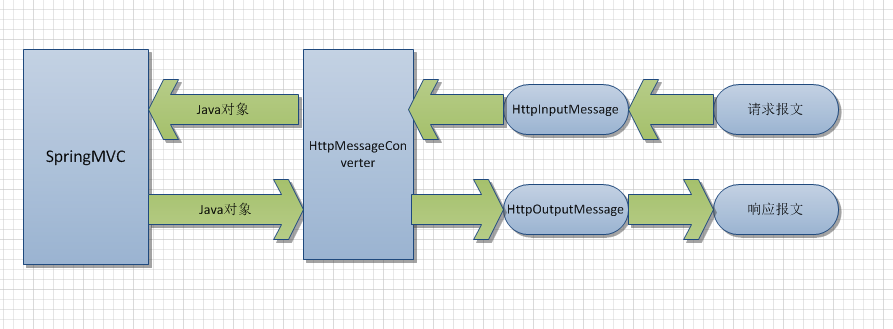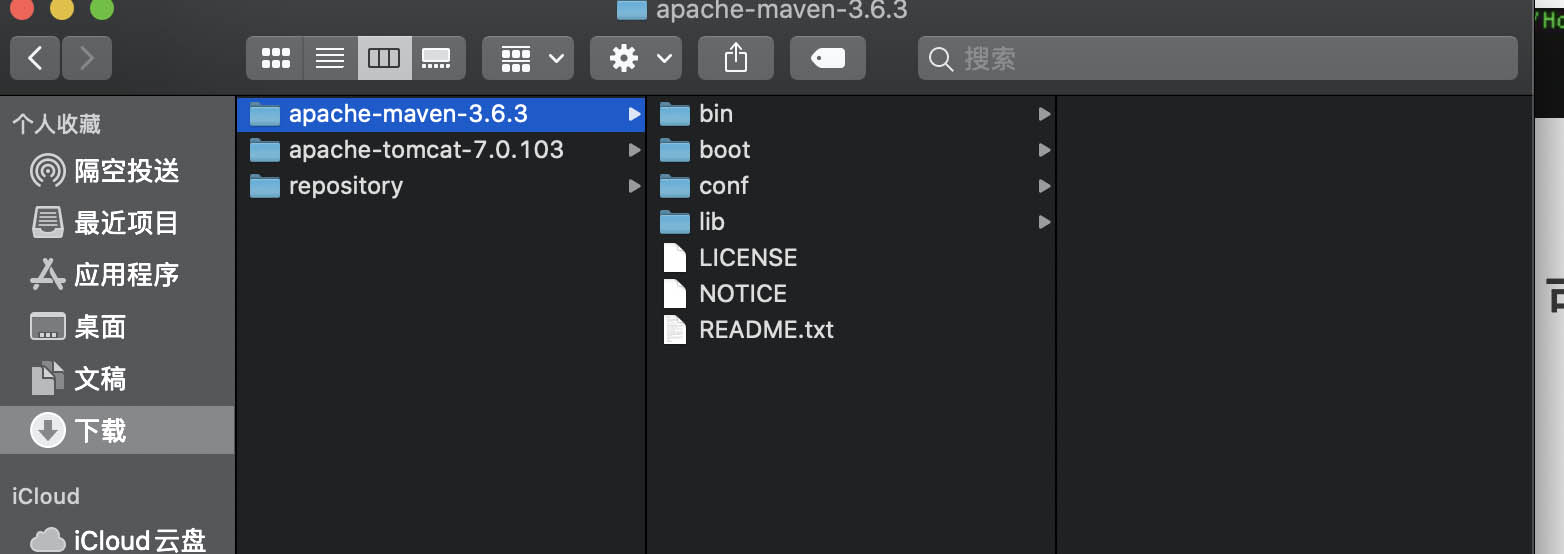Out of memory problem saving large BufferedImage(保存大 BufferedImage 的内存不足问题)
问题描述
I have a problem saving large (f.e. 12 000 x 9 000 ) images.
I'm developing a graphical editing software ( something like simple Photoshop ) and The user obviously has to have to ability to save the image.
Lets say I would like to save the image as .png. Does JAVA always need to use the BufferedImage for saving drawn stuff ?
I know the equation for size of the image is: Xsize * Ysize * 4 ( red, green, blue, alpha ) So in this case we get over 400 MB.
I know I could save the image in parts ( tiles ) but the user would have to merge them somehow anyway.
Is there any other way to save such a large image without using the BufferedImage ?
Code for saving the image:
public static void SavePanel() {
BufferedImage image = null;
image = new BufferedImage(
(int) (Main.scale * sizeX ),
(int) (Main.scale * sizeY ),
BufferedImage.TYPE_INT_RGB);
g2 = image.createGraphics();
panel.paint(g2);
try {
ImageIO.write(image, "png", new File(FactoryDialog.ProjectNameTxt.getText() + ".png"));
} catch (IOException e) {
}
}
Thank you in advance !
The ImageIO.write(..) methods accept an RenderedImage, not just a BufferedImage. I successfully exploited this fact some time ago to write out really large images. Generally, the writer implementations write out the image sequentially, and ask the RenderedImage only for the pieces they currently need.
From looking at your code, I think it should be possible to hack a RenderedImage implementation which takes your panel in it's constructor and can be passed to ImageIO for writing. During the process, ImageIO will request data from your image. You can then use the panel to create the requested pieces (Raster contents) on the fly. This way, the whole image does not have to be stored in memory at any point. A starting point for this approach is
public class PanelImage implements RenderedImage {
private final Panel panel;
public PanelImage(Panel panel) {
this.panel = panel;
}
/* implement all the missing methods, don't be afraid, most are trivial */
}
Obviously, you should also check if your panel doesn't suffer from the same problem as the BufferedImage. Depending on the nature of you application, you'll have to hold the image in memory at least once anyway (modulo using tiles). But this way you can at least avoid the duplication.
这篇关于保存大 BufferedImage 的内存不足问题的文章就介绍到这了,希望我们推荐的答案对大家有所帮助,也希望大家多多支持编程学习网!
本文标题为:保存大 BufferedImage 的内存不足问题


基础教程推荐
- 验证是否调用了所有 getter 方法 2022-01-01
- 在 Java 中创建日期的正确方法是什么? 2022-01-01
- 多个组件的复杂布局 2022-01-01
- 从 python 访问 JVM 2022-01-01
- 如何在 Spring @Value 注解中正确指定默认值? 2022-01-01
- Java 实例变量在两个语句中声明和初始化 2022-01-01
- 大摇大摆的枚举 2022-01-01
- 不推荐使用 Api 注释的描述 2022-01-01
- Java Swing计时器未清除 2022-01-01
- 如何在 JFrame 中覆盖 windowsClosing 事件 2022-01-01

















